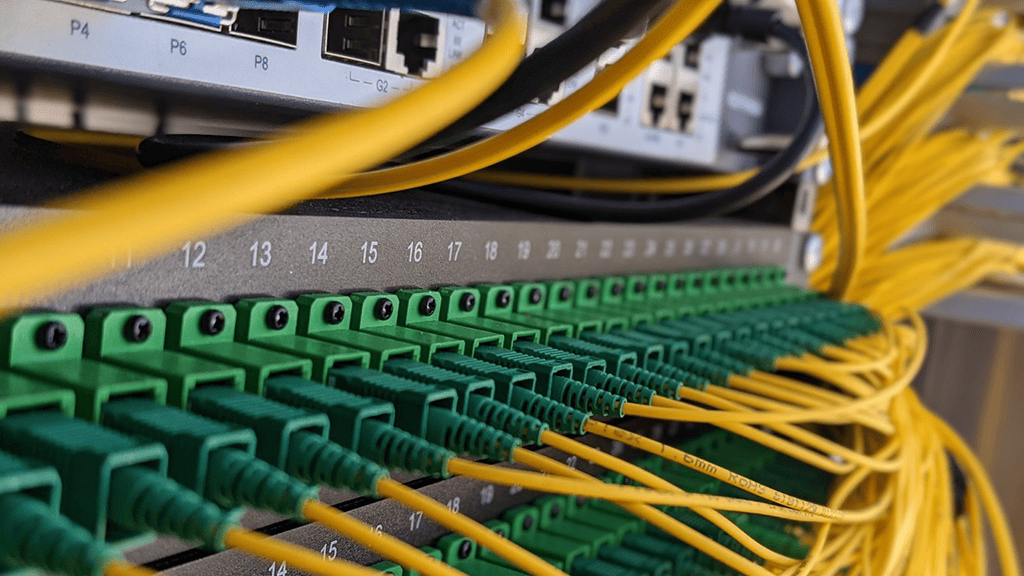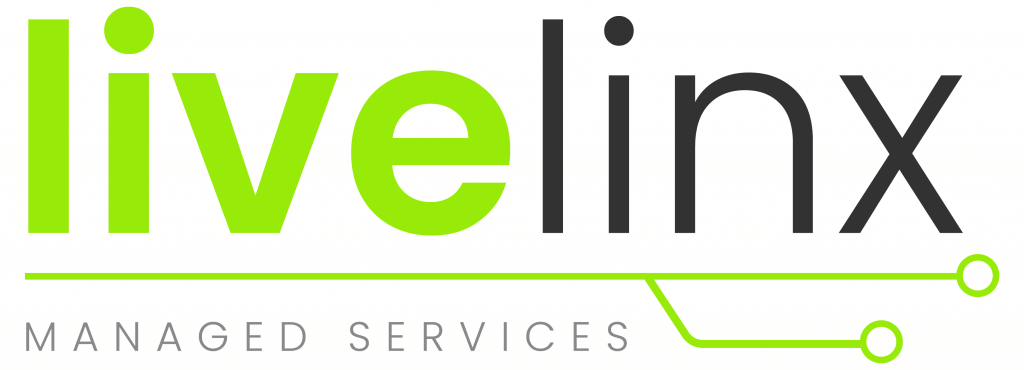
In a world driven by remote work and digital transformation, connectivity is paramount. As businesses evolve and data demands grow, the future of cabling plays a pivotal role in meeting these connectivity needs. In this article, we’ll explore the latest trends and innovations that are shaping the world of connectivity and driving the future of cabling.
The Importance of Cabling in Modern Connectivity
Cabling forms the backbone of our interconnected world. It’s the unseen infrastructure that allows data to flow seamlessly from one point to another, supporting our daily operations, from video conferences to cloud-based applications. The future of cabling is not just about meeting current demands; it’s about preparing for what’s next.
Fiber Optics Dominates Cabling Trends
The future of cabling is undeniably intertwined with the dominance of fiber optics. Fiber optic cables have revolutionized data transmission with their ability to transmit data at the speed of light over long distances. In addition to speed, fiber optics offer better bandwidth, reliability, and resistance to interference. As more businesses require high-speed, low-latency connectivity, fiber optics are becoming the standard.
PoE (Power over Ethernet)
Power over Ethernet technology is another game-changer. It allows both power and data to be transmitted over a single Ethernet cable. PoE is incredibly versatile, making it ideal for a wide range of applications, from lighting and surveillance systems to wireless access points. The ability to power devices remotely simplifies installation and reduces the need for additional electrical infrastructure.
Modular and Upgradable Cabling Systems
Businesses are looking for flexibility in their cabling infrastructure. Modular cabling systems, such as MTP/MPO connectors for high-density environments, provide scalability and adaptability. These systems allow businesses to upgrade and expand their networks without a complete overhaul, saving time and resources.
Increased Focus on Energy Efficiency
Green technology is a significant driver of cabling trends. Energy-efficient cabling solutions are designed to reduce power consumption and waste heat, contributing to sustainability efforts. As environmental concerns grow, businesses are increasingly adopting cabling solutions that align with their eco-friendly goals.
Cable Management and Organization
Cable management is often overlooked but is crucial for maintaining a well-organized and efficient network infrastructure. Innovations in cable management, such as color-coded cables, smart cable management software, and cable trays, help businesses keep their cabling neat, organized, and easily maintainable.
Security and Data Protection
In the age of data breaches, cabling security is a paramount concern. Innovations in secure cabling, such as tamper-evident cables and intrusion detection systems, are emerging to protect against physical attacks on network infrastructure.
Cabling Trends Conclusion
The future of cabling is a world of possibilities driven by innovation and the ever-growing demand for connectivity. Fiber optics, PoE, modular systems, energy efficiency, cable management, and security are just a few of the trends shaping the future of cabling. To stay competitive and adaptable in the digital age, businesses must invest in cabling solutions that not only meet current needs but also pave the way for future innovations.
As we move forward, cabling trends will continue to evolve, and businesses that embrace these innovations will be best positioned to thrive in an increasingly interconnected and data-driven world.
